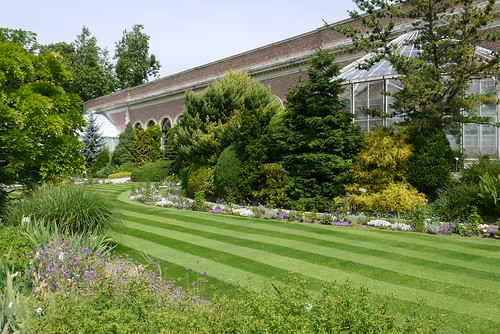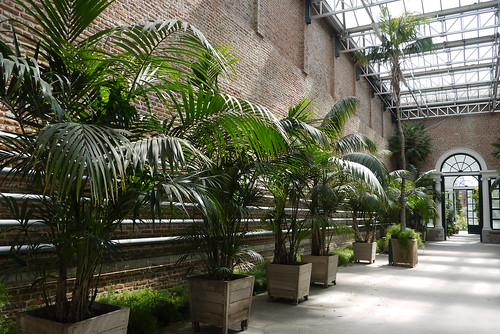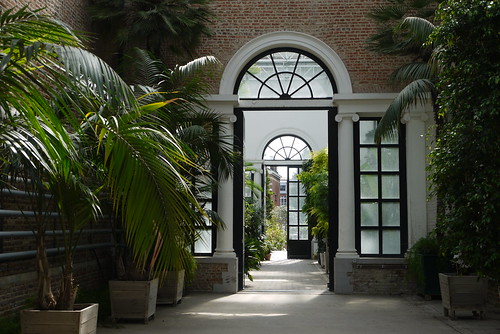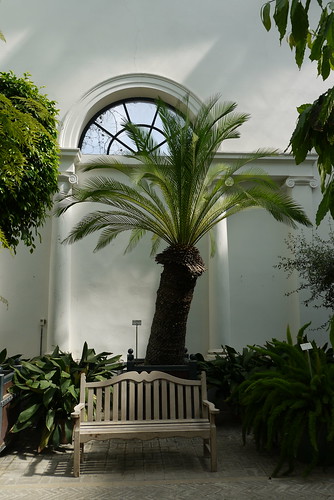16 Comments CherryPie on Aug 15th 2015
Random thoughts and photos of my journey through life…
« The Beehives & the Orchard Cherie’s Place – Thought for the Week »
16 Comments CherryPie on Aug 15th 2015
Cherie's Place Copyright © 2024 All Rights Reserved .
Free WordPress Theme




And? Did your eyes stumble upon anything looking like an orange? : ))
No…. But there were lemons outside in the garden
Oh, good. I am going to prepare catfish filet, tomorrow.
Does the recipe involve lemons by any chance?
These were the lemons in the garden
https://www.flickr.com/photos/-cherrypie-/19634651975/in/dateposted-public/
Excellent. Fish does not go without at least some drops of lemon, doesn’t it? Thus, I shall take one, thanks. : )
[...], does it, even. : )
Just in case, Andrew’s dropping by.
I am scrolling threw your last post. Fabulous pictures and you spend quite some time in Leuven. what a delightful place. We intend to go to Leuven in the Thanksgivings weekend. The last years I took the Friday after Thanksgivings day off from work to have a ‘long weekend’ and make an overnight somewhere.
You got us inspired, thank you, Cherry.
It makes me happy that I have inspired you. I know you will take some great photographs, which I look forward to seeing. I also know you will see things that I missed
Have you been to the one in Kensington Palace?
He he.. They converted it into a cafe!
How outrageous!
I saw the one at Kensington Palace but I was outvoting when it came to going inside!
Something about this says Spanish Colonial/Mediterranean to me (or maybe I just want it to because that’s all I can see right now
Not being the best at photography/needing more practice and education, perhaps you can teach me how to get objects in the forefront to focus if there’s more backlighting behind them than in the room, such as a window, some day? I tried it yesterday and let’s just say none of those attempts are the ones that ended up on my blog today
PS I finally remembered to put my new website link in the website box where it belongs, this time, like 6 comments later, go me
To me it looks continental
As to the photography technique, to some extent that depends on what sort of camera you have. I achieve the results in different ways with the two cameras that I have. The effect is not possible with all cameras.
Why do they call it an orangery?
Wiki explains it perfectly
An orangery or orangerie was a building in the grounds of fashionable residences from the 17th to the 19th centuries and given a classicising architectural form. The orangery was similar to a greenhouse or conservatory. The name reflects the original use of the building as a place where citrus trees[1] were often wintered in tubs under cover, surviving through harsh frosts. The orangery provided a luxurious extension of the normal range and season of woody plants, extending the protection which had long been afforded by the warmth offered from a masonry fruit wall.[2] A century after the use for orange and lime trees had been established, other varieties of tender plants, shrubs and exotic plants also came to be housed in the orangery, which often gained a stove for the upkeep of these delicate plants in the cold winters of northern Europe. As imported citrus fruit, pineapples and other tender fruit became generally available and much cheaper, orangeries were used more for tender ornamental plants.